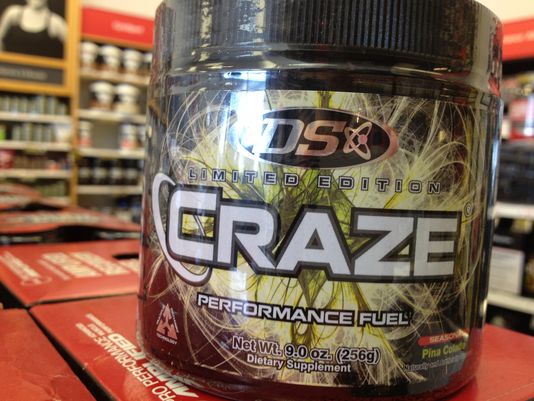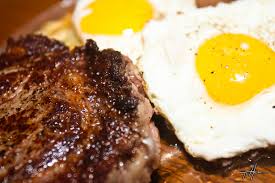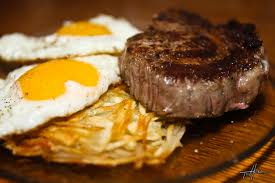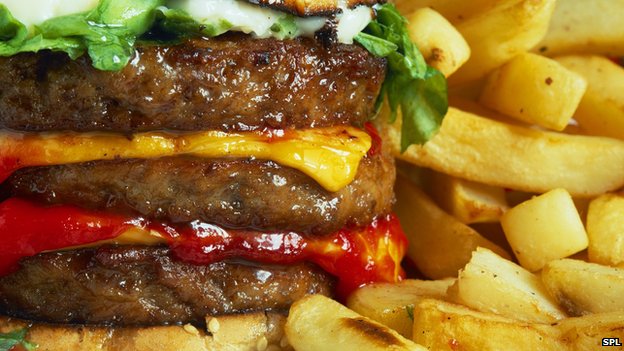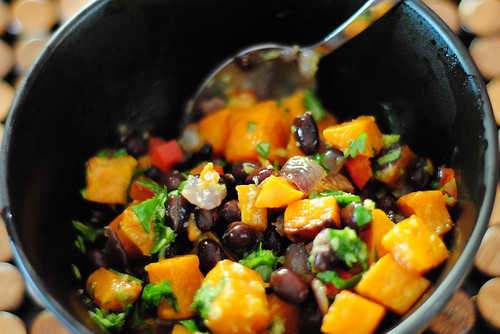Garcinia cambogia is yet another entrant in the growing list of natural supplements being marketed as the answer to obesity. G. cambogia is most well-known for its use as a spice. This product, which is classified as a fruit, is naturally found throughout southeastern Asia, India and western Africa.
One of nearly 300 species of Garcinia, G. cambogia is the one most studied for its weight-loss potential. G. cambogia grows as a small tree and produces a rusty-red round fruit.2 It is the rind of this fruit that is used for both culinary and therapeutic purposes.
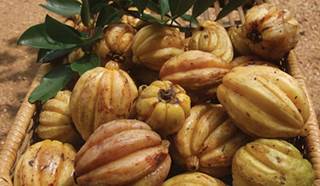 Obesity is a tremendous health problem, not just in the United States but globally as well. An estimated 1 billion adults worldwide are overweight, and nearly one-third of those are considered clinically obese. In the United States alone, the overall cost of obesity was estimated by the CDC to be nearly $150 billion per year.
Obesity is a tremendous health problem, not just in the United States but globally as well. An estimated 1 billion adults worldwide are overweight, and nearly one-third of those are considered clinically obese. In the United States alone, the overall cost of obesity was estimated by the CDC to be nearly $150 billion per year.
G. cambogia became popular as a weight-loss aid when it was noted to enhance satiety in its native regions. A secondary effect of the fruit is its potent laxative action.6 The active ingredient of G. cambogia is hydroxycitric acid (HCA).
The mechanism of fat metabolism is complex, and the role of G. cambogia in this process is debatable.
Metabolically, HCA appears to be the source of early satiety. This acid enters the energy-production process of the Kreb’s cycle and ultimately increases hepatic glycogen synthesis and inhibits formation of low-density lipoproteins.
This is thought to signal to our brains that we have had enough to eat. Some suggest that HCA interacts with the production of the adipose-controlling hormone leptin, but these claims have yet to be substantiated by clinical trials.
In a meta-analysis literature review, researchers identified only 23 trials that met review criteria. Fewer than half of those ultimately met the proper standards for well-done randomized, placebo-controlled trials.
After the final data analysis, use of G. cambogia was associated with a very slight (0.88 kg) weight loss over control groups, but also with twice the number of adverse GI effects.
Korean researchers studied the effects of G. cambogia, placebo, and another weight-loss supplement in 86 overweight adults in a 10-week randomized trial. At the end of the study, no statistically significant weight loss was found in any of the three groups.
In another small trial, researchers studied 24 overweight adults over two weeks of daily intake of G. cambogia HCA extract. In addition to actual weight loss being monitored, 24-hour energy intake was tracked. By the end of the trial, energy intake was reduced by 15% to 30% in the G. cambogia group over placebo, with a very modest trend in weight loss.
Finally, a study in India focused on 60 obese individuals who were randomized to HCA plus two other supplements, or placebo. At the end of eight weeks, both HCA groups had a 5% to 6% reduction in weight and BMI. Food intake, total cholesterol, LDL cholesterol, and triglycerides all decreased in the HCA groups, and HDL levels increased.
Unfortunately, evidence-based literature demonstrates the potential for adverse events in G. cambogia/HCA. In addition to significant GI upset, increasing reports of hepatic injury are surfacing.
For example, researchers found that daily feeding with HCA supplement did result in decreased fat accumulation and glucose resistance in obese mice, but at the expense of significant hepatic fibrotic changes and inflammation.
Source: MPR

